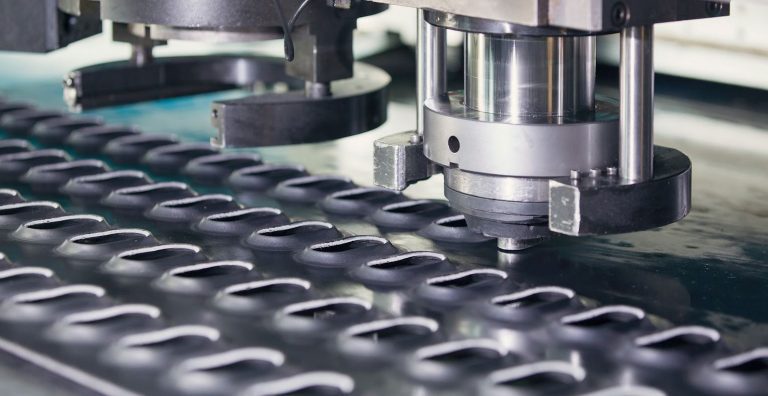Perforations are fundamental to modern design, but they can be easy to overlook. When used intentionally, though, perforations have the power to transform a project—whether by adding texture, altering an object’s aesthetics, or creating a more open feel with natural light. Perforations can be an economical solution, even if you’re looking for a way to add interest and variety to a building or a part of it. However, it’s essential to understand the basics of perforations if you’re working on a metal perforation project. Consider getting a reliable perforated metal sheeting supplier for the best results you won’t regret later on. To help you out, here are some tips for achieving smooth metal perforations: Maintain A Proper Perforation Ratio The perforation ratio is the ratio of the number of perforations to the total number of holes. This helps determine how many perforations you’ll use in a given area. The higher your perforation ratio, the more holes you’ll have on one piece of sheet metal. The more holes you have, the better your product will look—but only if you use proper design techniques for each application. If not done correctly, too many holes can make products weaker than they should be or just plain hideous. You must be smart and creative about metal perforation to produce your desired output. Consider The Thickness Of Your Material The thickness of your material is an essential factor to note when designing perforations. The thicker your material, the harder it will be to perforate, and the more likely your design will tear, break, or stretch. There’s also a high chance that your material will turn out unappealing. It’s also vital that you remember that you may have limited options for materials based on your type of project. For example, what you’ll need for an architectural project would differ from what you need for construction projects. Similarly, what you’ll need while fencing a home would also be different when the metals are used indoors. Consider Your Project’s Pattern The pattern of your perforation can affect the way the material behaves. The pattern depends on the purpose and the interest of the owner. You may decide to have a circular one or a pattern that represents a square. You may even represent a figurine on the metal perforation. All you need is a strong and durable material for the project, and you’ll be able to get ahead with it. Track Your Perforation Process It’s crucial to track the process after you’ve created your perforations to ensure it’s done the right way. You want to check for accuracy and ensure that your metal perforations are where they should be. You also want to ensure they’re created promptly and safely, so you can meet deadlines without problems. While engaging in the project, you may also want to document your challenges, which may help you gain compensation once you give reports. Account For Material Surroundings Consider the circumstances on how your material will be viewed, no matter what type you’re perforating. There are varieties of metal for perforations, and you must ensure you choose the right one. You wouldn’t want to choose a material that’s either too thick or too soft. You also want a material that will work for its purpose, even if you want to use it in gutters outside a building. Use The Right Type Of Material You want to ensure you’re choosing the suitable material for your project when you make the decision. To consider the sheet you choose, evaluate if it’s too thick for your design or not. Moreover, check if it will fit the specific project. Pair Up With Experienced Professionals Working with experienced professionals is critical when you’re handling a large-scale project. A professional can help you avoid common mistakes and make the most of the choices you’ve already made. They’ll also do everything they can to get you the best results possible. These professionals usually have a team of experts who can team up with you and offer more professional guidance to achieve productivity. It all depends on the project need, scope, and the financial power of your firm. Conclusion Perforations can play an essential role in project designs, and there are ways to optimize the process so that they precisely do what you want them to do. With the tips presented in this article and the aid of a perforation expert, you’ll ensure that your perforations work well for your project and enjoy the process. Now you’re one step closer to making your creations come to life.










